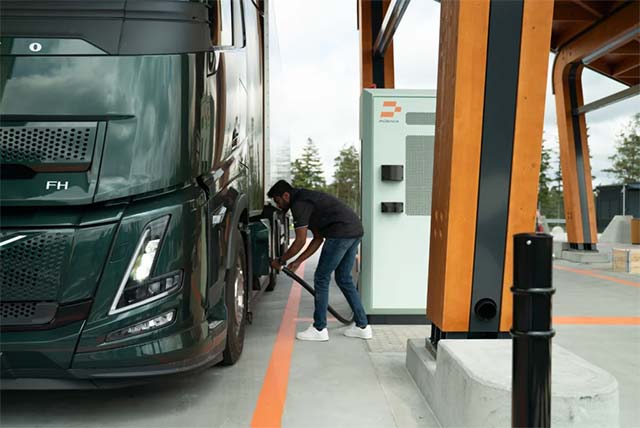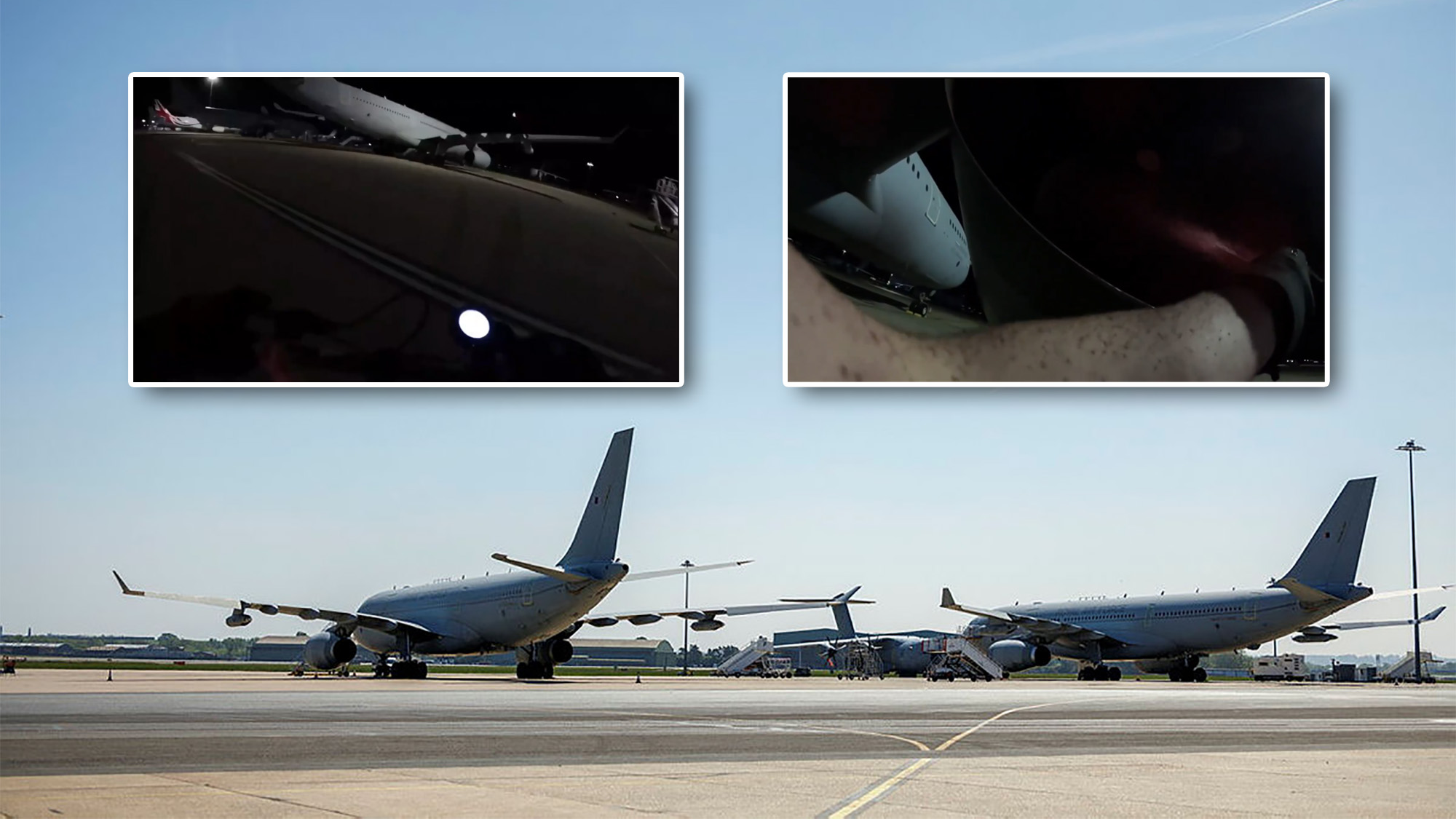When to Outsource Tasks and How to Train a Virtual Assistant
If you’re a small fleet owner wearing ten hats, let me hit you with something hard: just because you can do everything, doesn’t mean you should. That mentality will trap you in one truck. It’ll keep your business crawling when it should be scaling. And the longer you delay outsourcing the low-dollar, high-time tasks, the […] The post When to Outsource Tasks and How to Train a Virtual Assistant appeared first on FreightWaves.

If you’re a small fleet owner wearing ten hats, let me hit you with something hard: just because you can do everything, doesn’t mean you should. That mentality will trap you in one truck. It’ll keep your business crawling when it should be scaling. And the longer you delay outsourcing the low-dollar, high-time tasks, the longer you’ll stay stuck working in the business instead of on it.
You don’t need to be a tech wizard to hire help. You don’t need a massive payroll. You just need a clear process, good communication, and the right kind of support. That’s where virtual assistants come in. But don’t let the buzzword fool you. This isn’t about hiring someone overseas for five bucks an hour. This is about buying your time back so you can focus on what drives profit—sales, strategy, and scaling.
Let’s break down when to outsource, what a virtual assistant can realistically take off your plate, and how to train them so they actually become an asset—not another headache.
The Real Cost of Doing It All Yourself
Let’s do some quick math. Say you spend two hours a day updating load info, sending rate confirmations, checking ELD reports, and responding to broker emails. That’s ten hours a week. Forty hours a month. Now ask yourself: are those forty hours growing your fleet? Or just keeping it barely running?
Time is a fixed resource. Once it’s gone, it’s gone. If your goal is to build a sustainable, profitable operation, your focus needs to be on the highest ROI tasks—building relationships, quoting lanes, hiring right, tightening up processes. Everything else needs a system or a person.
When It’s Time to Outsource
You don’t need a certain revenue mark to bring in help. You need a workload that’s keeping you from growing. Here’s the clearest signs it’s time:
- You’re spending more time on admin than on freight.
If paperwork and inboxes are eating your day, that’s your first signal. - You’re missing callbacks, quotes, or broker updates.
That’s not just costing time. It’s costing money. - You’re the bottleneck for every decision.
If your drivers, clients, or dispatcher can’t get answers without waiting on you, it’s time to delegate.
Outsourcing doesn’t mean giving away control. It means building a system that works without burning you out.
What Tasks You Can Hand Off
A virtual assistant isn’t just someone who answers emails. A good one becomes an extension of your office. They handle the repetitive, non-revenue tasks that don’t require a CDL—but do require consistency.
Here’s a breakdown of common tasks you can delegate:
- Load board posting and refresh – They keep your available trucks visible and updated on all platforms.
- Rate confirmation handling – They verify, organize, and send signed rate cons back to brokers.
- Invoicing and POD tracking – They collect BOLs, submit to your factoring company, and follow up on missing docs.
- Broker setup packets – They complete and send carrier packets so you’re not wasting time redoing the same forms.
- Driver check calls and updates – They handle routine calls so you can focus on managing—not micromanaging.
- Email and calendar management – They filter junk, schedule calls, and make sure you don’t miss anything critical.
Bottom line: if it’s repetitive and you can create a checklist for it, it’s a job that can be outsourced.
How to Find the Right VA for Trucking
Don’t just hire the first person who says “I’ve worked with dispatchers before.” You want someone who understands the pace of trucking, the urgency of communication, and the importance of accuracy.
Look for:
- Previous experience with logistics or dispatching – Even better if they’ve worked with TMS platforms like Truckstop, DAT, or McLeod.
- Strong English communication skills – They’ll be emailing brokers, calling shippers, and representing your company.
- High attention to detail – One wrong number on a BOL can delay funding for days. Precision matters.
Where to find them:
- Upwork
- Onlinejobs.ph
- Freelancer
- Facebook groups for trucking VAs
- Referrals from other carriers
Start with a trial. Don’t offer full-time right away. Give them tasks, test their speed and accuracy, and pay them fairly. A solid VA isn’t a cost—they’re a profit multiplier.
How to Train a VA So They Actually Add Value
This is where most carriers fail. They hire someone, throw tasks at them, and get frustrated when things go sideways. If you want your VA to succeed, you need to train them right.
1. Document Everything with Video or Screenshots – Use Loom or Zoom to record how you do each task. Narrate your thought process. Show the clicks, the steps, the tools. Don’t assume they “should just know.”
2. Build a Process Library – Put everything in Google Drive or Notion. Create folders for:
- Rate confirmations
- Load board updates
- Factoring instructions
- POD collection process
Your goal is to make every repeatable task teachable.
3. Set Clear Expectations and KPIs
Tell them:
- How fast you expect emails returned
- What time you want load boards refreshed
- What happens if a POD isn’t uploaded within 24 hours
Clarity beats assumptions every time.
4. Start With One Task at a Time – Don’t dump ten things on them Day One. Start with one job. Master it. Then add the next. That’s how you build trust and skill.
5. Check Their Work and Give Feedback – This isn’t “set it and forget it.” Set a weekly check-in. Review their tasks. Ask what’s confusing. Fix small mistakes early before they turn into big problems.
How to Know It’s Working
You’ll know your VA is worth every penny when:
- You stop missing emails and start closing more deals
- You can focus on scaling instead of scrambling
- Your back office runs smooth—even when you’re on the road
- You feel confident walking away from your desk without the wheels falling off
If you’re doing this right, your VA becomes a system, not a stressor.
Final Word
Most small fleet owners think outsourcing is a luxury. It’s not. It’s survival. Because the longer you stay buried in the busywork, the longer you’ll delay the real growth moves.
Outsourcing doesn’t mean you’re lazy. It means you’re smart enough to know what your time is worth—and disciplined enough to train someone to protect it. You can’t scale if every invoice, every rate con, and every check call runs through you. The carriers who win in this market aren’t just the ones with the best rate. They’re the ones with the best systems.
And in this business, your time is the most valuable freight you’ve got. Don’t haul it for free.
The post When to Outsource Tasks and How to Train a Virtual Assistant appeared first on FreightWaves.
















































































































































